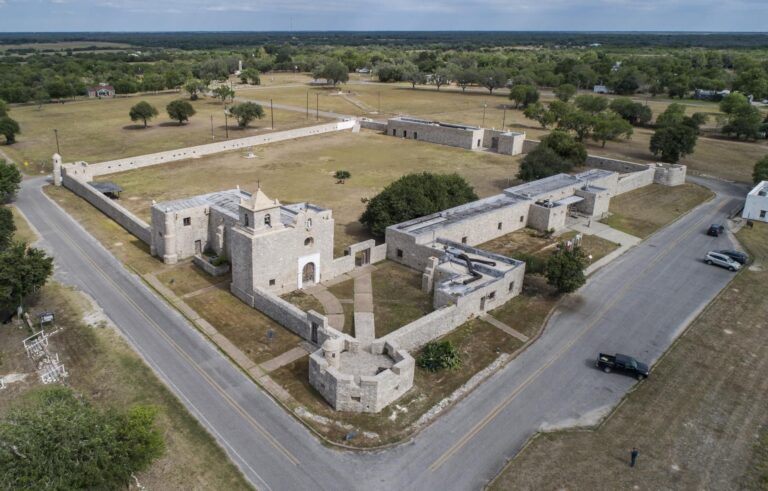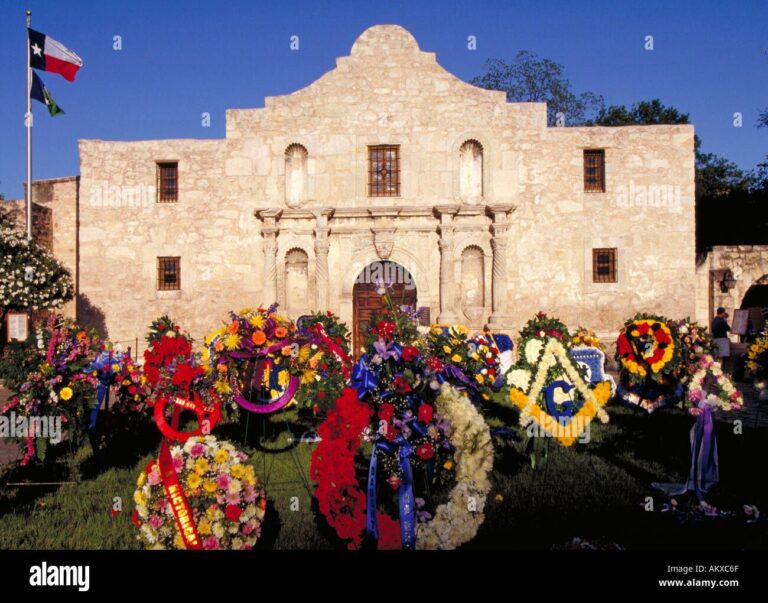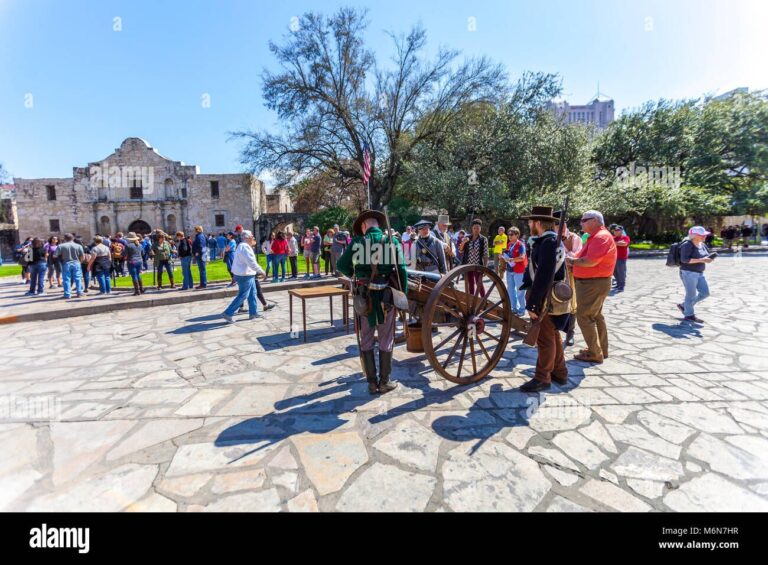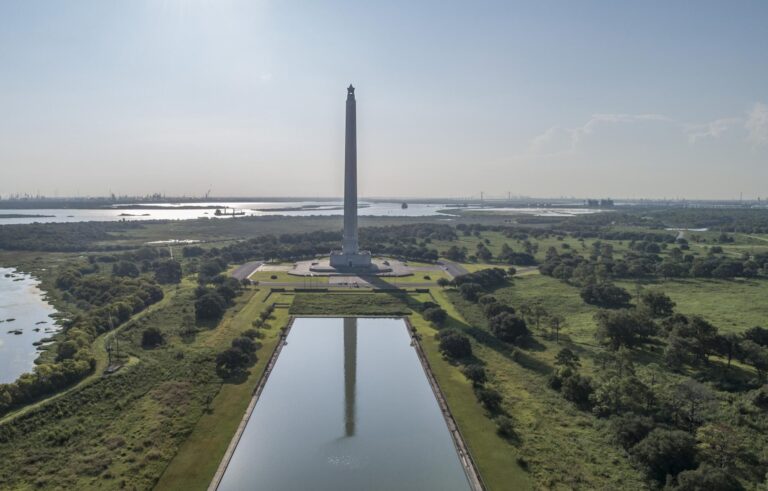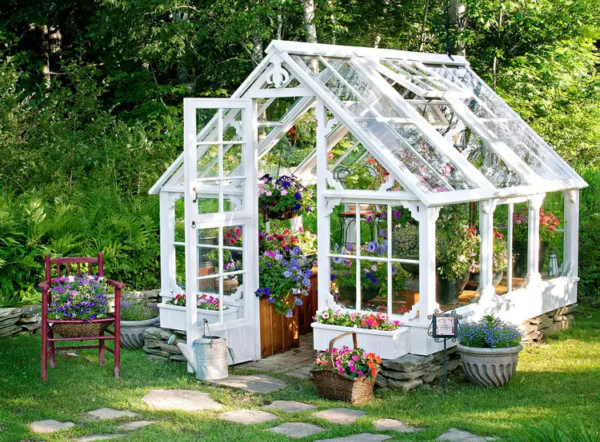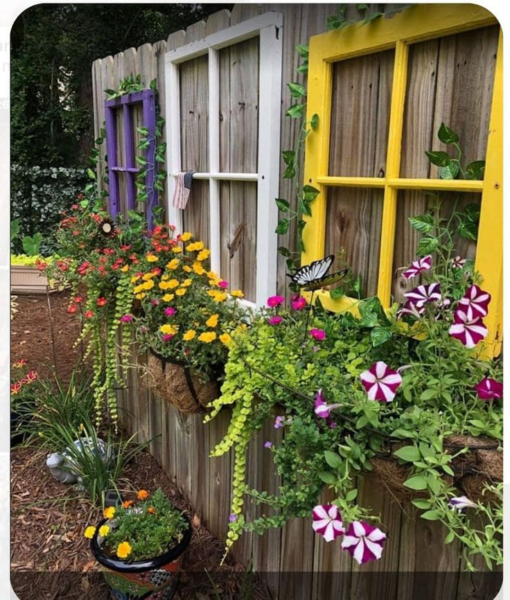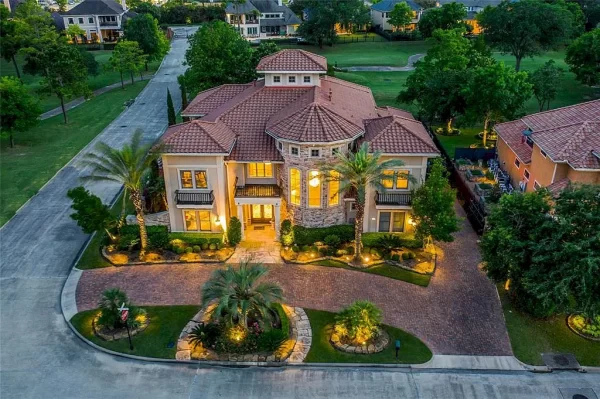The Influence of Spanish Culture on Texas Architecture
Texas, known for its rich cultural diversity, has been deeply influenced by Spanish culture, particularly in architecture. Spanish influence in Texas architecture goes back centuries and is still visible today in both historic and modern structures. This article delves into the impact of Spanish culture on Texas architecture, highlighting distinctive features, iconic landmarks, and how this style continues to shape Texas’s identity.
1. Origins and Arrival of Spanish Architecture in Texas
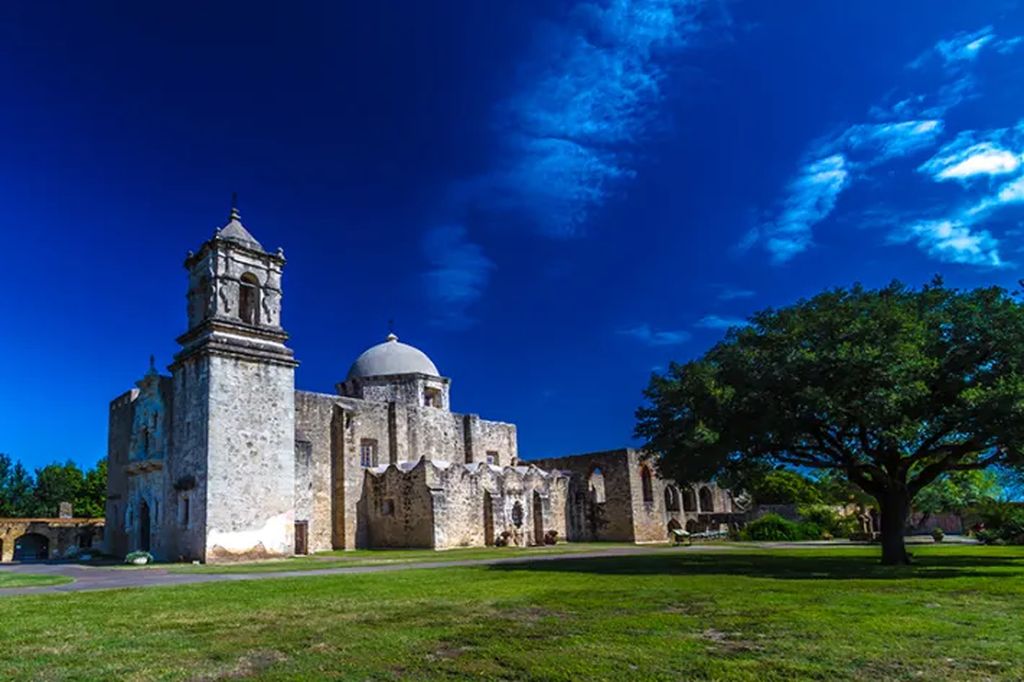
The roots of Spanish architecture in Texas go back to the early 16th century, when Spanish explorers, missionaries, and settlers began to arrive. With them, they brought not only their religious beliefs but also their architectural traditions. Initially, the primary goal was to spread Christianity, establish missions, and protect Spanish territorial claims. These early missions, such as the famous Alamo in San Antonio, served as both religious and communal centers, providing spaces for worship, education, and agriculture.
The architecture of these missions was heavily influenced by traditional Spanish design, adapted to the Texas environment. The materials used were sourced locally, primarily stone, clay, and adobe, which helped the buildings endure the region’s climate. These mission-style structures laid the foundation for Spanish-influenced architecture across Texas and introduced unique building styles that continue to define Texas’s architectural landscape.
2. Distinctive Features of Spanish Architecture in Texas
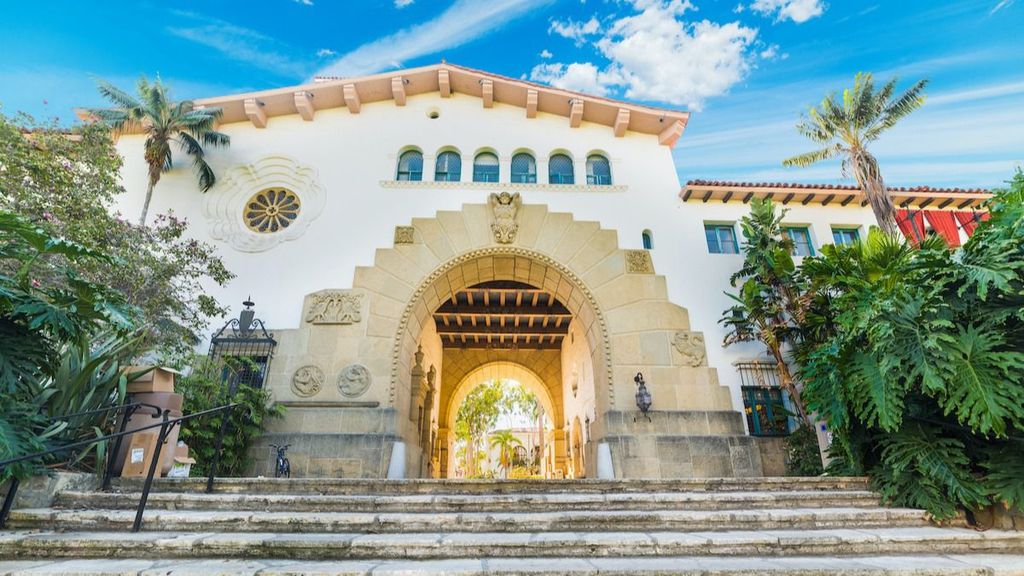
Spanish architecture in Texas is instantly recognizable, with a range of defining characteristics that make it both aesthetically pleasing and practical for Texas’s climate. Below are some of the most notable features:
- Thick Stucco Walls and Adobe Bricks: One of the most prominent elements in Spanish-influenced architecture in Texas is the use of thick stucco walls and adobe bricks. The thick walls, often finished with light-colored stucco, provide natural insulation, keeping buildings cool in the intense summer heat and warm during the cooler winter months. This use of natural materials not only made sense for the climate but also demonstrated the Spanish influence on Texas architecture, which emphasized practical and sustainable building.
- Red Clay Tiled Roofs: Roofs in Spanish-style buildings are often topped with red clay tiles, a classic feature inspired by Spanish and Mediterranean architecture. Red tiles provide a functional and durable roofing material, offering protection from the sun’s heat. These tiles have become synonymous with Spanish-style architecture and remain popular in Texas, especially in cities like San Antonio, where the sun’s rays can be particularly harsh.
- Arched Doorways and Windows: Arched doorways and windows are another defining feature of Spanish architecture in Texas. Besides their aesthetic appeal, arches enhance the stability of structures and create a sense of grandeur and elegance. The arched entryways and windows also allow for more natural light to flow into interiors, while still providing shade from direct sunlight, an essential feature for Texas’s sunny climate.
- Inner Courtyards and Fountains: In Spanish-style homes and buildings, a central courtyard (or patio) is common. These private courtyards serve as a gathering space and often feature fountains, plants, and seating areas. Courtyards provide a cool, shaded area ideal for relaxation and socializing, embodying the Spanish emphasis on communal spaces. Today, many Texas homes still incorporate courtyards as a nod to the Spanish tradition, promoting indoor-outdoor living and a connection with nature.
- Ornate Ironwork and Decorative Tiles: Spanish influence is also visible in the decorative elements of Texas architecture, especially in the use of ornate ironwork on gates, balconies, and window grilles. These intricate designs are not only beautiful but also reflect the artistic spirit of traditional Spanish craftsmanship. Similarly, decorative tiles, often featuring colorful patterns, are commonly seen around doorways, windows, and courtyards, adding a touch of Spanish artistry and vibrancy.
3. Iconic Spanish-Influenced Landmarks in Texas
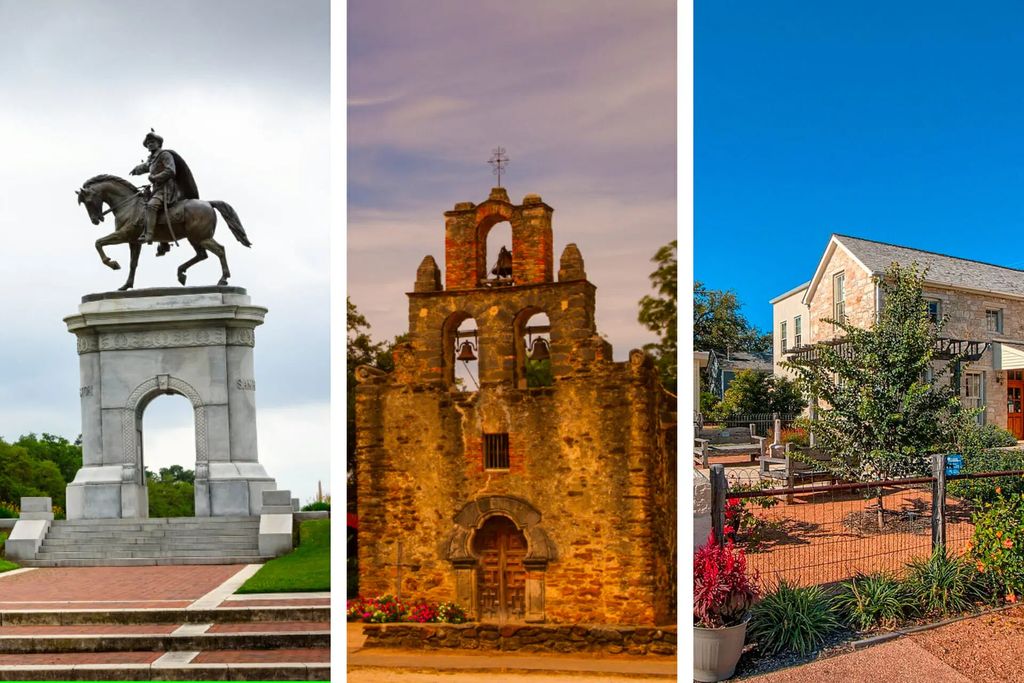
Texas is home to several significant landmarks that showcase the impact of Spanish architecture. These sites not only serve as historical monuments but also continue to attract visitors who wish to experience Spanish architectural beauty.
- The Alamo: Located in San Antonio, the Alamo is perhaps the most famous example of Spanish mission architecture in Texas. Originally built as a mission, the Alamo is known for its white stucco façade, thick adobe walls, and red clay tiled roofs. The Alamo has become an iconic symbol of Texas history and resilience, and its Spanish architectural features have made it a beloved landmark.
- San Fernando Cathedral: Also located in San Antonio, the San Fernando Cathedral is one of the oldest cathedrals in the United States and a striking example of Spanish Gothic influence. Its impressive structure, adorned with stained glass windows and a towering bell tower, showcases the blending of Spanish architectural styles with American craftsmanship. The cathedral’s grandeur and historical significance make it a popular destination for both locals and tourists.
- Mission Concepción: Another notable mission in San Antonio, Mission Concepción has retained much of its original structure and decorative artwork. With arched doorways, adobe walls, and detailed frescoes, this mission highlights the architectural elegance of Spanish mission style. The mission is part of the San Antonio Missions National Historical Park, which has been designated a UNESCO World Heritage Site, underscoring its cultural and architectural importance.
- El Mercado in San Antonio: El Mercado, the largest Mexican market in the United States, reflects the Spanish architectural style in its open-air plaza, colorful tiles, and intricate ironwork. El Mercado is not only a bustling marketplace but also an architectural attraction that embodies Spanish and Mexican cultural influences in Texas.
4. The Revival of Spanish Colonial Style in Texas
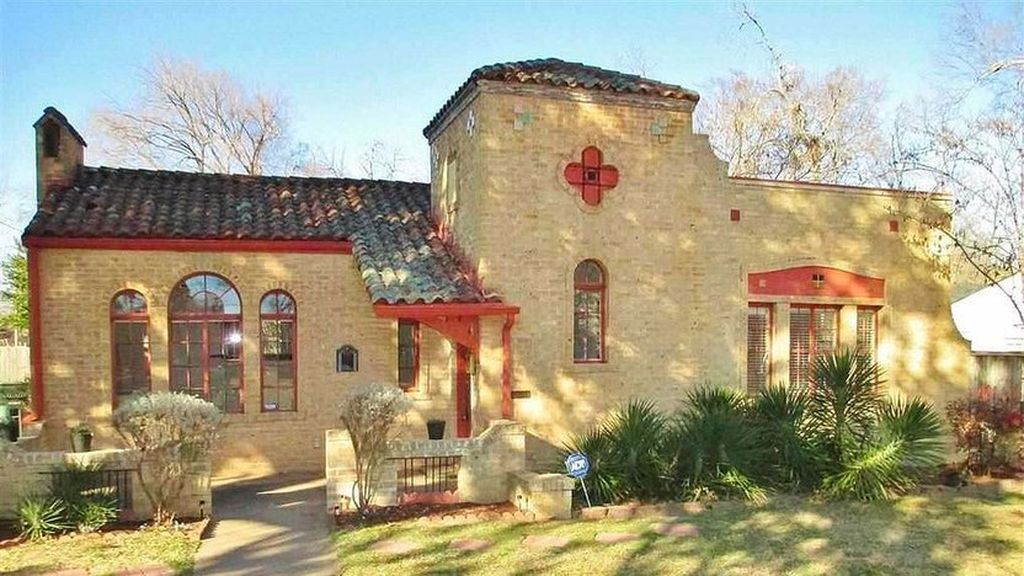
During the 20th century, Spanish Colonial architecture experienced a revival, known as the Spanish Colonial Revival style. Inspired by historical Spanish missions, haciendas, and other traditional Spanish structures, architects began incorporating these elements into modern buildings, giving rise to a fresh wave of Spanish-influenced designs across Texas.
Spanish Colonial Revival architecture can be seen in many residential neighborhoods, public buildings, and commercial spaces. Key elements of this revival include low-pitched roofs, white stucco walls, terracotta tiles, and exposed wood beams. By blending traditional Spanish design with modern materials, this style continues to be popular, especially in areas where residents seek both functionality and cultural connection in their homes and public spaces.
5. Spanish Influence in Modern Texas Architecture
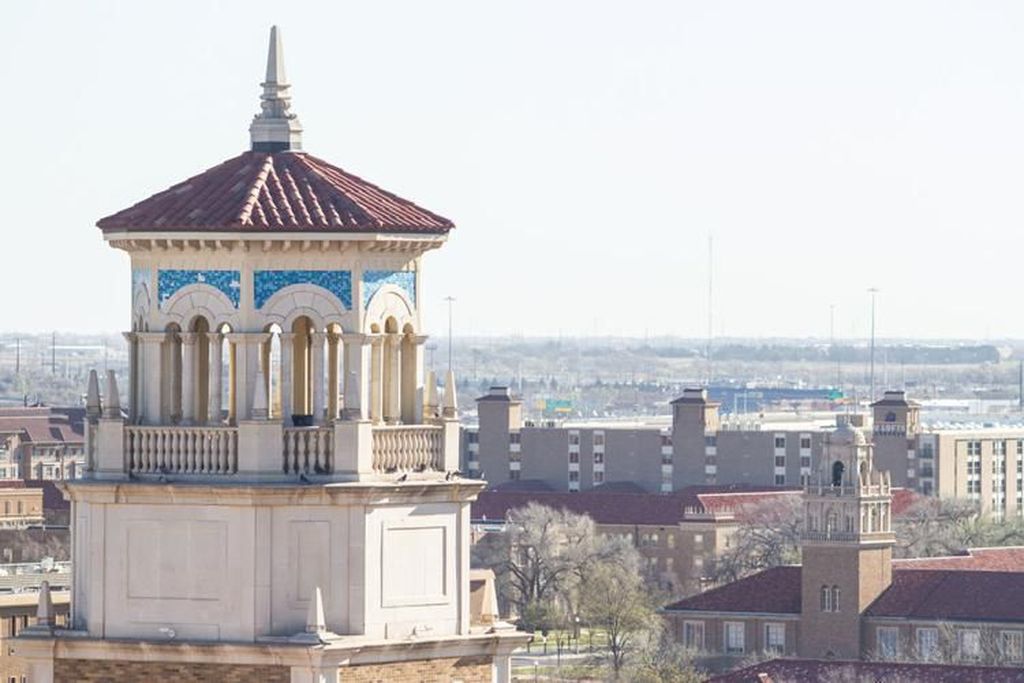
Even in contemporary architecture, Spanish influence remains a powerful force. Architects in Texas continue to draw inspiration from Spanish design, combining it with modern building techniques and materials. In many modern homes, elements like open floor plans, indoor-outdoor living spaces, and sustainable building materials are incorporated alongside traditional Spanish features such as courtyards, arched doorways, and terracotta tiles.
In urban centers like Austin and Dallas, Spanish Revival architecture is often seen in luxury hotels, resorts, and upscale neighborhoods, where it creates a sense of warmth, elegance, and historical continuity. By adapting Spanish architectural elements to meet the demands of modern life, these buildings honor Texas’s Spanish heritage while remaining relevant to contemporary tastes and needs.
6. The Cultural Significance of Spanish Architecture in Texas
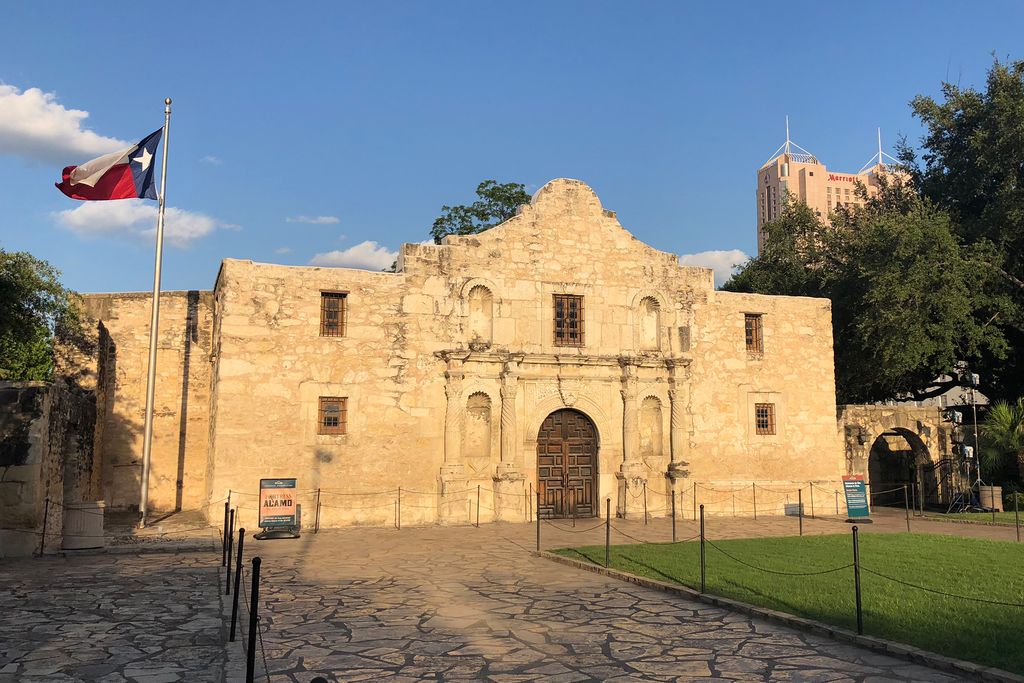
Spanish architecture in Texas is more than a collection of buildings; it represents a lasting legacy of cultural exchange and adaptation. The fusion of Spanish and Native American design elements in the missions, the haciendas of early Spanish settlers, and the revival of Spanish colonial styles in modern architecture all contribute to the unique identity of Texas. Spanish-influenced architecture in Texas embodies a sense of history, resilience, and community spirit, reflecting the complex and multicultural heritage of the Lone Star State.
7. Exploring Spanish-Inspired Architecture in Texas
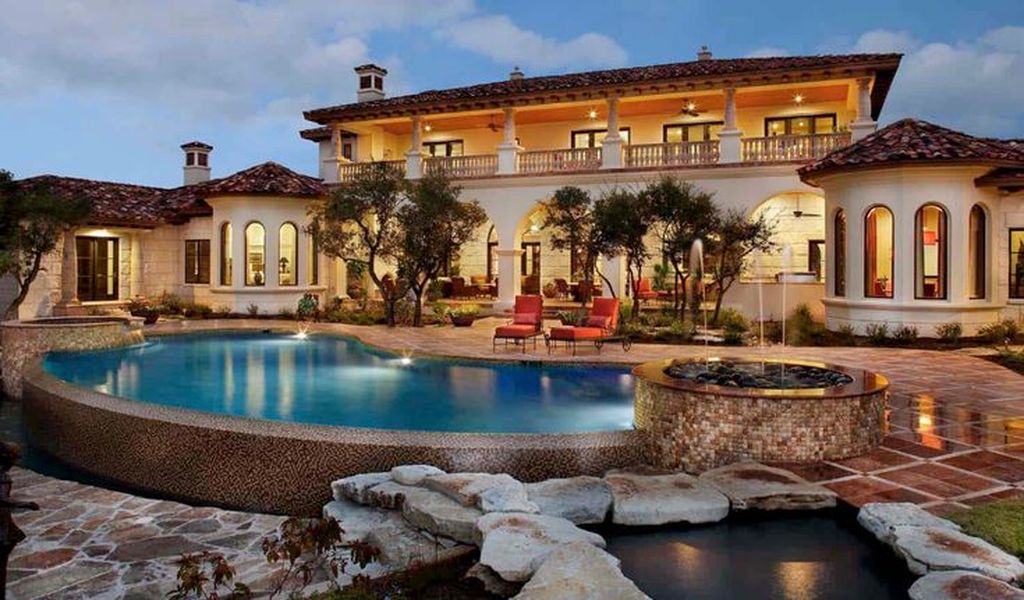
For visitors and residents alike, Texas offers numerous opportunities to explore Spanish-influenced architecture firsthand. Here are a few must-see locations:
- San Antonio Missions National Historical Park: A UNESCO World Heritage Site, this park is home to four preserved Spanish missions, each with unique architectural features that showcase traditional Spanish design.
- The Alamo: Known worldwide, the Alamo is a place of both historical and architectural significance, making it a must-visit for anyone interested in Spanish mission architecture.
- La Villita Historic Arts Village: Located in San Antonio, this historic arts village offers a unique glimpse into Spanish-style architecture and Texas’s artistic heritage, with vibrant, colorful buildings and charming courtyards.
Conclusion
Spanish architecture has profoundly influenced Texas, from its earliest missions to its modern-day homes, churches, and marketplaces. The elements brought by Spanish settlers—arched doorways, red-tiled roofs, thick adobe walls, and intricate ironwork—remain symbols of Texas’s history and cultural diversity. By appreciating the influence of Spanish culture on Texas architecture, we gain insight into the roots of Texas identity and see how these architectural traditions continue to inspire and enrich the state’s evolving landscape.
Q&A: Spanish Influence on Texas Architecture
Q1: Why is Spanish architecture so prominent in Texas?
Spanish architecture is prominent in Texas due to the early Spanish colonization of the region. Spanish explorers, missionaries, and settlers arrived in the 16th century, establishing missions and settlements that influenced local culture, including architectural styles. The missions they built served as both religious and community centers, creating the foundation for Spanish architectural elements that are still visible in Texas today.
Q2: What are the defining features of Spanish-style architecture in Texas?
Key features of Spanish-style architecture in Texas include thick stucco or adobe walls, red clay-tiled roofs, arched doorways and windows, inner courtyards, and intricate wrought ironwork. These elements are both functional and aesthetically pleasing, well-suited to Texas’s climate and reflective of Spanish design principles.
Q3: What are some famous examples of Spanish-influenced architecture in Texas?
Some well-known examples include the Alamo and San Fernando Cathedral in San Antonio, as well as Mission Concepción and El Mercado. Each of these landmarks showcases unique elements of Spanish architecture, such as adobe walls, colorful tiles, and open courtyards, making them iconic symbols of Texas’s Spanish heritage.
Q4: What is the Spanish Colonial Revival style, and how does it relate to Texas architecture?
Spanish Colonial Revival is a 20th-century architectural style that draws inspiration from historic Spanish missions, haciendas, and colonial structures. In Texas, this style became popular in residential, commercial, and public buildings, blending traditional Spanish elements like red tile roofs and stucco walls with modern materials and designs.
Q5: How does Spanish architecture influence modern homes in Texas?
In modern Texas homes, Spanish influence is often seen in the use of courtyards, arched doorways, tiled roofs, and decorative ironwork. Many architects combine these traditional elements with contemporary layouts and energy-efficient materials, creating spaces that honor Texas’s Spanish heritage while catering to modern lifestyles.
Q6: Why are courtyards common in Spanish-style Texas homes?
Courtyards are a central feature in Spanish-style homes due to their cultural and functional importance. In Spanish tradition, courtyards are spaces for gathering and socializing, promoting indoor-outdoor living. In Texas, they also provide a shaded, cooling area that makes homes more comfortable in the hot climate.
Q7: Where can I experience Spanish-style architecture in Texas?
San Antonio is a great place to explore Spanish-influenced architecture, with sites like the Alamo, the San Antonio Missions National Historical Park, and La Villita Historic Arts Village. Cities like Austin, Houston, and Dallas also have neighborhoods, churches, and public buildings showcasing Spanish architectural elements.
Q8: How has Spanish architecture shaped Texas’s identity?
Spanish architecture has played a crucial role in defining Texas’s unique identity. The blending of Spanish and Native American design elements in the missions and the ongoing influence of Spanish Colonial Revival styles in modern architecture symbolize Texas’s diverse cultural heritage and historical complexity.


